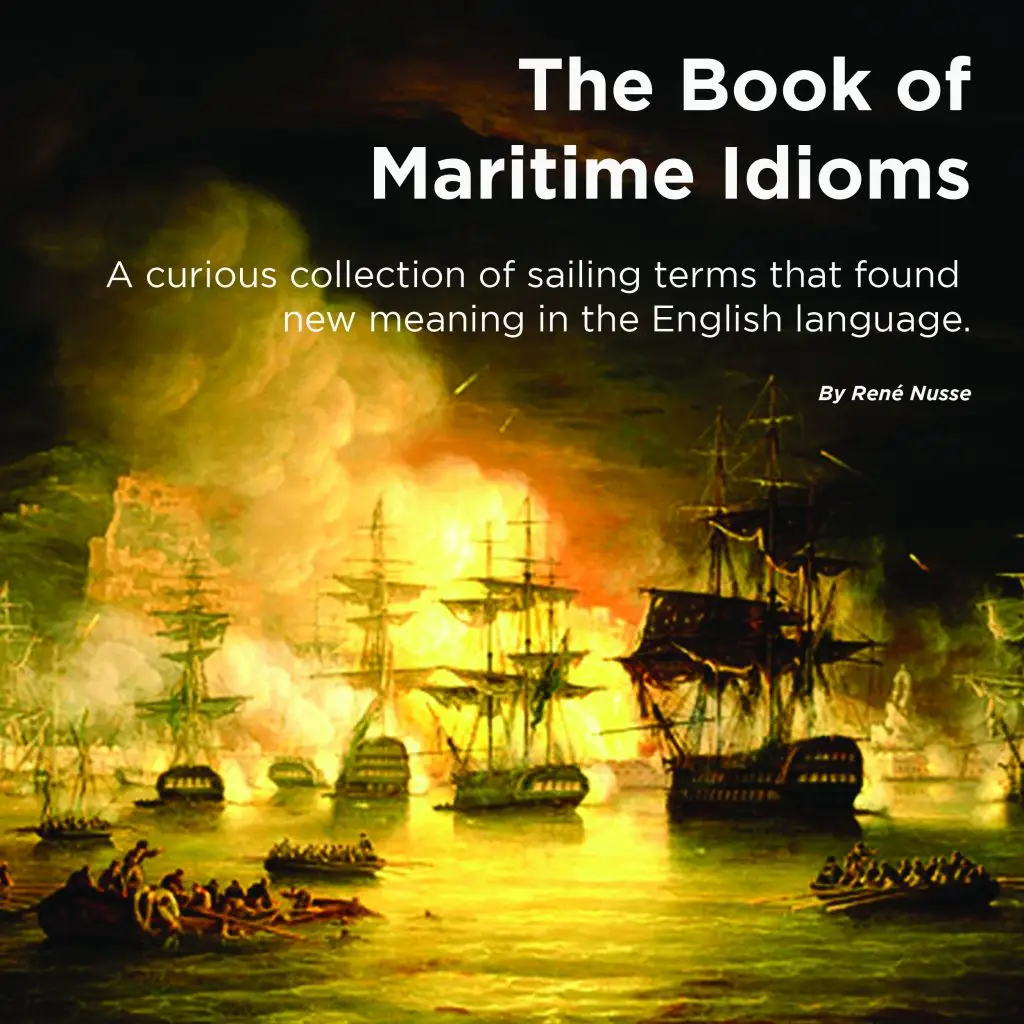COLREGs
International Regulations for Preventing Collisions at Sea
Here’s a detailed summary of the COLREGS (International Regulations for Preventing Collisions at Sea), which are established by the International Maritime Organisation (IMO) to ensure safe navigation and prevent collisions between vessels.
The COLREGs are divided into several parts and rules. Here’s a breakdown of the key components:
Part A – General (Rules 1–3)
Rule 1 – Application
Applies to all vessels upon the high seas and in all waters connected to the high seas navigable by seagoing vessels.
Some navies or government ships may be exempt, but should act as closely as possible to the rules.
Rule 2 – Responsibility
Nothing in these rules exonerates any vessel or crew from the consequences of neglect or failure to follow the rules.
In exceptional circumstances, a departure from the rules may be necessary to avoid immediate danger.
Rule 3 – Definitions
Defines key terms such as:
Vessel: Includes every watercraft used as a means of transportation on water.
Power-driven vessel, sailing vessel, vessel restricted in her ability to manoeuvre, vessel not under command, etc.
Part B – Steering and Sailing Rules (Rules 4–19)
Section I – Conduct of vessels in any condition of visibility (Rules 4–10)
Rule 4: These rules apply in all visibility conditions.
Rule 5 – Lookout: Keep a proper lookout by sight and hearing.
Rule 6 – Safe Speed: Proceed at a safe speed to take proper action to avoid collision.
Rule 7 – Risk of Collision: Use all available means to assess the risk of collision.
Rule 8 – Action to Avoid Collision: Take early and substantial action.
Rule 9 – Narrow Channels: Vessels should stay on the starboard side and avoid anchoring in the channel.
Rule 10 – Traffic Separation Schemes: Follow the traffic lanes and comply with rules for traffic separation schemes.

Section II – Conduct of vessels in sight of one another (Rules 11–18)
Rule 11: These rules apply to vessels in sight of one another.
Rule 12 – Sailing Vessels: Rules for when two sailing vessels approach one another.
Rule 13 – Overtaking: The overtaking vessel must keep out of the way.
Rule 14 – Head-on Situation: Both vessels should alter course to starboard.
Rule 15 – Crossing Situation: The vessel with the other on her starboard side must give way.
Rule 16: The give-way vessel must take early action.
Rule 17: The stand-on vessel must maintain course and speed but may take action if needed.
Rule 18: Hierarchy of responsibilities (e.g., power gives way to sail, give way to vessels restricted in ability to manoeuvre, etc.)
Section III – Conduct in restricted visibility (Rule 19)
All vessels must proceed at a safe speed.
Navigation should be with extreme caution and full use of radar if available.
The risk of collision must be avoided regardless of what vessel is encountered.
Part C – Lights and Shapes (Rules 20–31)
Rule 20 – Application
Rules about lights apply from sunset to sunrise. Shapes apply in the daytime.
Rules 21–31
Detail the types, placement, and use of navigation lights and shapes to indicate vessel type and activity:
Masthead light, sidelights, stern light, towing light, etc.
Shapes like ball, cone, cylinder, and diamond show vessel status (e.g., anchored, aground, restricted).
Part D – Sound and Light Signals (Rules 32–37)
Rule 32: Definitions of sound signals.
Rule 33: Equipment required for sound signals.
Rule 34 – Manoeuvring and Warning Signals: Short blasts indicate actions (e.g., altering course to starboard).
Rule 35: Sound signals in restricted visibility (e.g., fog).
Rule 36: Use of signals to attract attention.
Rule 37: Distress signals (e.g., red flares, radio signals).
Part E – Exemptions (Rule 38)
Vessels built before the rules may be granted exemptions under certain conditions.
Annexes
Annexes provide technical details and explanations, such as:
Annex I – Positioning of lights and shapes
Annexe II – Additional signals for fishing vessels
Annex III – Technical details of sound signals
Annex IV – Distress signals
Hierarchy of Vessels (Rule 18 mnemonic)
Here’s a simple mnemonic to remember the order of priority (from most to least privileged): “New Reels Catch Fish So Purchase Some Weekly”
Not under command
Restricted in ability to manoeuvre
Constrained by draught (in narrow channels)
Fishing vessels
Sailing vessels
Power-driven vessels
Seaplanes
WIG (Wing-In-Ground) craft

NAVIGATION RULES CLINIC + BASIC SAIL TRIM COURSE
Author
-

Rene is a keelboat instructor and sailing coach in the Mandurah area WA. He is also the author of several books about sailing including "The Book of Maritime Idioms" and "Renaming your boat".
View all posts


